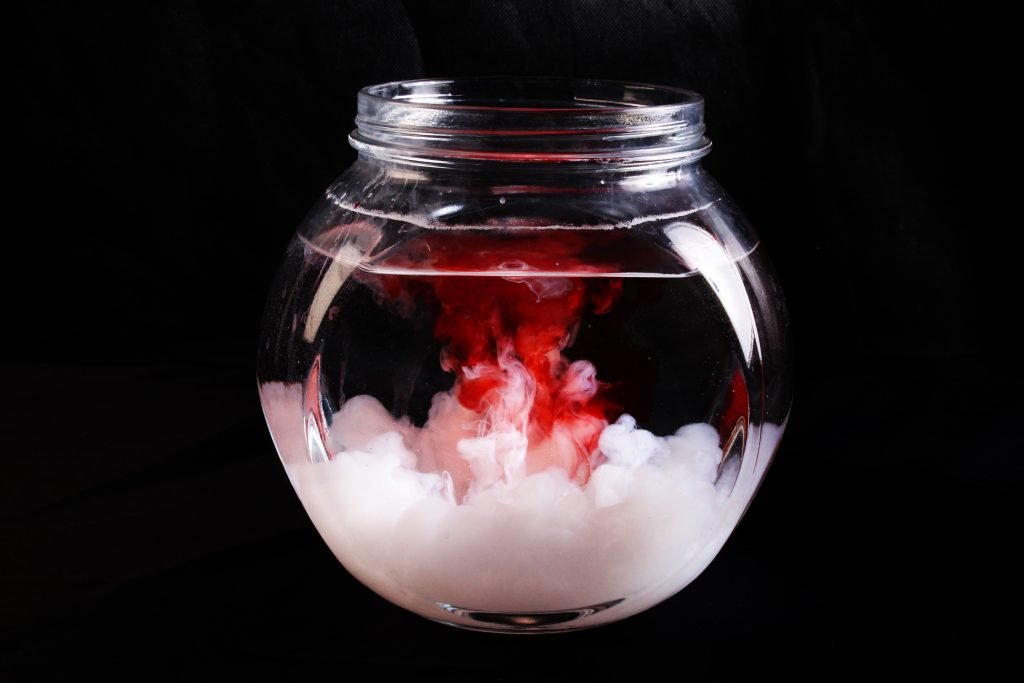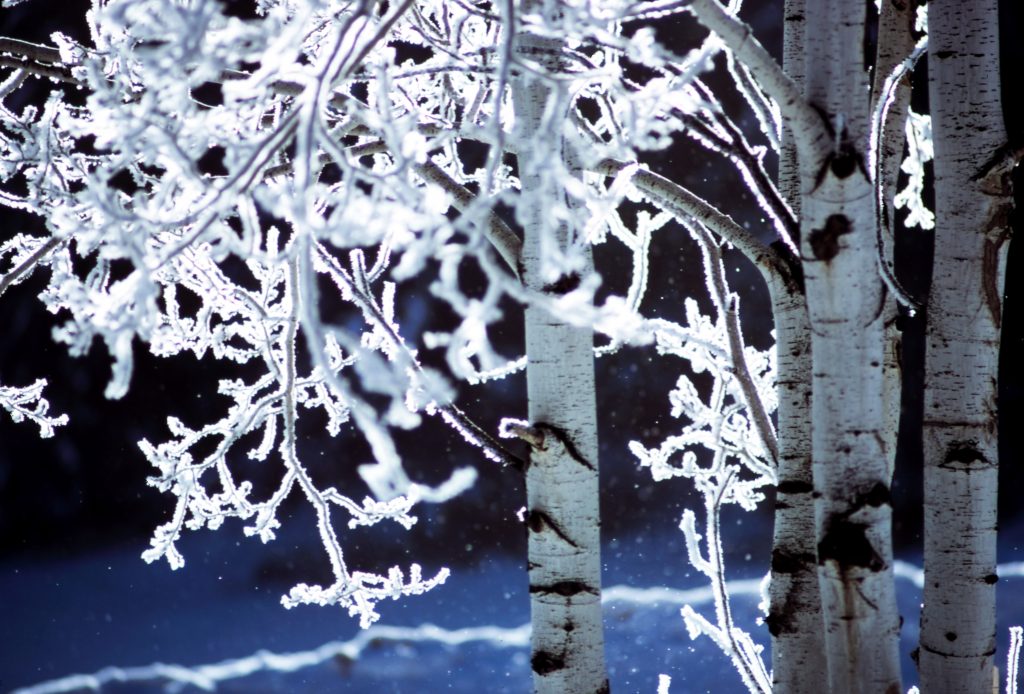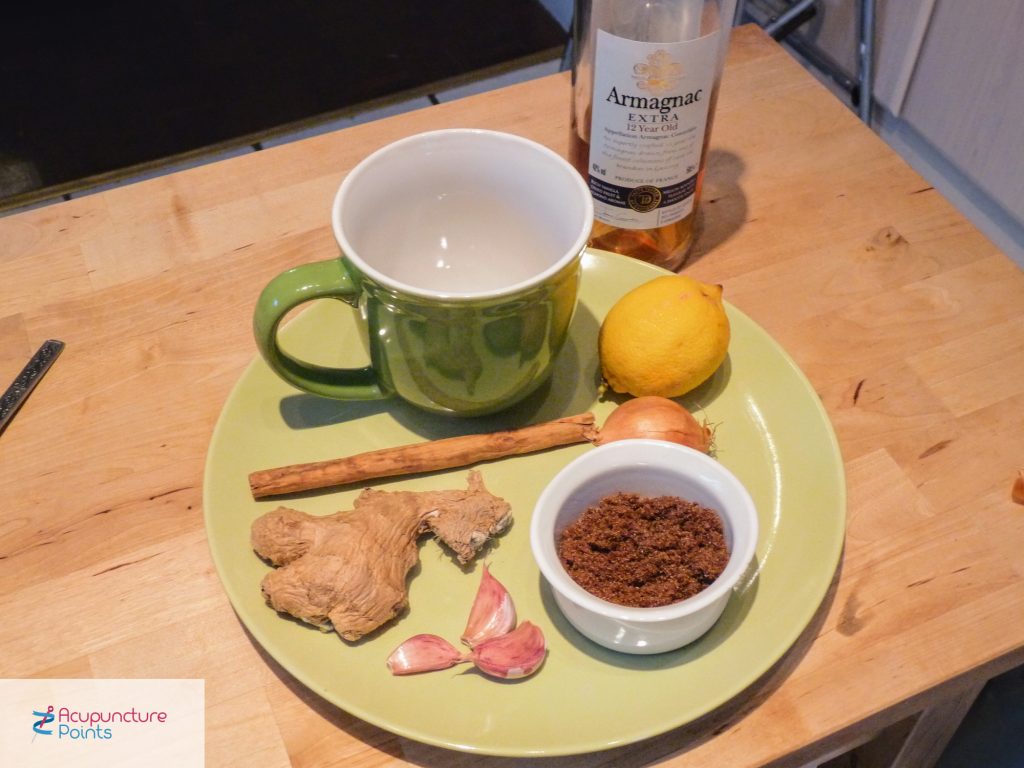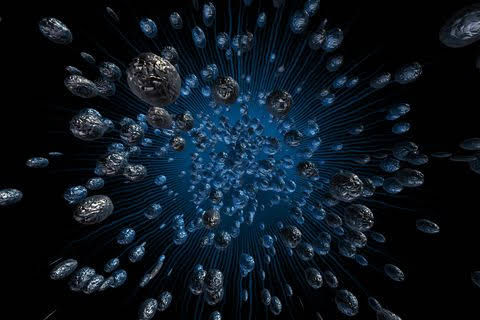
Nervous Stomach Anxiety: yin/yang explanation
Why You get Nervous Stomach Anxiety and How to Handle It. Acupuncture has great ways to help.

Key Learning Points
Wind-Cold: when two of the external causes of disease combine, as Wind often does with Cold, you get the quickly penetrating powers of Wind with the cramping stabbing pains of Cold: ‘Wind Cold’. (Read more about Internal and External Causes of disease.)
Which symptoms you get depend not just on your constitutional susceptibility but on which of the two, Wind or Cold, predominates.
There are lots of possible developments here as the disease works its way inwards past your defences, so this page is not a straightforward ‘quick’ read.
In general this introduces you to how Cold forces its way in to your body. It describes what is called the Greater or Tai Yang stage, the first of the Six Stages of disease as Cold enters.
If you are strong, ie your defensive energy is strong (probably much the same as having a good immune system and a healthy, fit and not exhausted body) then the very first symptoms will be at the top and back of your body. These are the strongly Yang areas that are the first to be deployed by your body in its defence:
These are mainly Wind symptoms, in Chinese medicine.
If your defensive energy is weak, no matter how strong the invading Wind-Cold, your reaction will be weak, with some at least of the following:
What is happening here is that the invading pathogenic ‘evil’ – “Wind-Cold” – has blocked the way your defensive energy works (causing muscle aches and stiffness) and is disrupting the normal function of the Lungs (hence the runny nose, sneezing, lack of sweat and sore throat). That means it is already edging inwards.
Your body holds the invader in its Greater Yang, or Tai Yang areas. These are the most Yang parts of the two acupuncture channels (meridians) that include the words Tai Yang in their descriptions, being the
The invader is therefore held in the upper parts of these channels, especially on your upper back and neck and head – Yang areas.
What your friendly neighbourhood acupuncturist will try to do when you have signs of Wind-Cold is, in Chinese medical jargon,

He or she will do this by opening up some of the strong Wind points on the body, and using other points to balance the zang-fu. Points often used include Bl12 (cupped), Lung7, LI4, TB5, GB20, Du16.
If Cold prevails, he will also use moxa.
S/he will probably use cupping on your back. You could do this too, by showing someone at home what to do. It’s often very effective if you do it early enough.
Lots!
BUT! …Preferably don’t stop your body’s healthy reactions by taking painkillers or antibiotics. These have a suppressive action and if you can recover without using them you will almost certainly be healthier, and less prone to disease, than before.
What’s the downside to that? Well, I admit, a day or two of feeling wretched!
The main thing to realise is that you don’t have, in this situation, what is called a ‘cold’, which would produce signs of Wind-Heat, with yellow mucus, sore throat, and all the rest of it.
Here you almost certainly simply have an invasion of cold, with wind: wind-cold. In effect, you caught a ‘chill’, but not necessarily a virus.

If your defence is weak or the Wind-Cold invader too strong, then the invader will march inwards past your body’s first resistance level.
This means that you may not get many Wind-Cold symptoms, or not for long. Instead, you’ll quickly get problems at a deeper level.
What happens then? There are lots of possibilities, and Chinese medicine has two huge lumps of theory devoted to this question of the invasion of disease into the body:
Acupuncturists can spend ages learning about the six stages. It’s a theory with plenty of experience, first set out by a famous practitioner called Zhang Zhong Jing in his book Shang Han Lun around AD 220.
The considered opinion reached after a lifetime of treating a condition by a real expert probably still has a good deal to teach modern medicine! – even if he lived 1800 years ago.
Modern medicine sees disease from a very different perspective. It has a huge armament to ease symptoms and prevent death. Death was a real possibility for many people when they got sick 2000 years ago.
Zhang Zhong Jing in his seminal work ascribes levels of seriousness to some of the paths a disease takes as it marches inwards.
Not important? Actually yes!
Why? If the disease is forced out and retreats along a recognisable path, it may be reassuring to understand that someone 1800 years ago made sense of it and could tell you what was comparatively beneficial and, well, what was not!
So important was what Zhang Zhong Jing wrote that the next big book on the subject was not written until AD 1746, 1500 years later. That later book, on the Four Levels, deals with what happens when Wind-Heat invades.
Modern practitioners of Chinese medicine still use the formulas suggested in the original books. They are really effective!

Stay in Touch!
No spam, only notifications about new articles and updates.

Book a Video consultation if you want to know more about your symptoms

The Six Stages describe how Cold disease penetrates. Briefly, there are six stages – listed below – but there are all sorts of paths in the undergrowth and few insist that progress through them is straightforward.
For example, many people don’t have sufficient physical resources to mount a defence at the next stage, called the Bright Yang stage. In which case, the invader skips straight over it from this Wind-Cold syndrome to the Lesser Yang stage.
You may think that all acute illness-conditions (excluding eg trauma and poison) come from viruses or bacteria.
In our nice, warm, central-heated houses, Wind-Cold as a disease entity may seem remote!
Well, I do for a start! I’m not talking here about the infectious virus-caused disease we commonly call a ‘cold’. I’m talking about actually being made ill by getting COLD.
Here’s what happened to me. As far as I remember I felt well when the day began. I didn’t hear the weather forecast and dressed normally for the kind of weather I expected. So off I went to my clinic.
I saw patients through the morning, as usual. By noon, they were complaining of the cold weather. My room had no outside window and when I went to reception I didn’t look out of the windows much. But I did feel a bit colder, as the central-heating tried to resist the rapidly-cooling air.
I should explain that where I worked at that time was in a basement. Very near my room was an outside door, an emergency Fire exit. Emerging from my room about 12.30pm, having left a patient there to rest while the acupuncture needles did their work, I noticed the Fire door had been removed, the temperature in the building was near freezing, and snow was coming in through the doorway. Hammering from outside revealed repairs being done to the door.
I was still wearing just a shirt and trousers. I had a full day ahead. As the hours proceeded I felt increasingly cold and I started to shiver, at times uncontrollably, with my hands feeling very cold. I felt stiff and tense. Increasingly I craved heat from the radiators.
The door stayed off for almost five hours. I managed to cancel the last patient and went home. My symptoms were a
Please take my word for it, if you are sick you tend to take sick decisions. Get someone else to observe and advise you if possible!
I know what I should have done, but I didn’t do it. Instead I tried to do some work at my computer! Eventually I gave in and decided to light a fire and watch television. But I still felt increasingly cold as the hours went by. So I went to bed with a hot water bottle…
The hot water bottle made no difference. I still felt freezing, even with several extra duvets and much clothing over and on me. This was now about midnight. (My wife was abroad, on business: otherwise I expect she’d have taken me in hand!)
Eventually, lying there and thinking, as you do, I worked out what what was going on.

At that late stage – about 2am – I got into a hot bath, my aim being to get warm and to develop a sweat. (That’s not me in the picture, by the way!) After a longish time I just managed it. I then returned to bed.
Later I took herbs and made sure I ate warm food, as advised on this page. But it took me several days to recover!
The symptoms I suffered were mainly wind-COLD: in other words, Cold prevailed. I did have some shivering (Wind) but I had no perspiration and was much more affected by cold than wind. I do not remember feeling any fever alongside the chill but I certainly had plenty of general aching.
Why did it take me so long to recover? Probably because my body spent so long holding the disease at the outer level that it got exhausted. I was 69 and took longer to recover than I once did.
Probably I should have leapt into the hot bath and taken the herbs immediately on returning home. In fact, probably I should have cancelled all the patients that day as soon as I realised what was happening to me.
But as I said, when ill, you don’t necessarily take sensible decisions.
Be Warned!
Long before modern medicine, ancient medical theories like Chinese medicine had to grapple with illnesses.
They had no microscopes, no chemical identifiers, no spectroscopes, no X-ray machines! So they paid great attention to what actually happened as you got ill.
Their written language used pictograms, with words for ‘wind’ and ‘cold’, ‘heat’ and ‘dryness’, to describe what they saw – there’s a list below.
They also had to elaborate on what they thought the organs of the body did.
For example, you might, as Wind-Cold invaded, go on to get Lung-Heat, which has symptoms quite like acute bronchitis. Or your defences might go towards Spleen-Yang deficiency with Cold, with symptoms of diarrhoea, no appetite, lassitude and a sense of fullness in your abdomen.
The Six Stages have some similarities to what are called the Four Levels, written about 1500 years later, which describe what happens when Wind-Heat type diseases invade your body. Wind-Heat covers what modern medicine recognises as invasion by bacteria and virus.
However, the Four Levels has some stages which are basically the same as some of the Six Stages, so there is some cross-correspondence. The thing to remember (I hope you’re remembering all this, there’ll be a test, later) is that the Six Stages start with Wind-Cold, the Four Levels start with Wind-Heat.
This is the initial stage, described above. I’ve explained the invasion of Wind-Cold in its two forms, one with Wind prevailing, the other with Cold prevailing.
Unfortunately that’s not the end of it. One path this stage can go down is when Water accumulates inside. Here you can’t pee and may find yourself vomiting fluids just after you’ve swallowed them.
The other is more serious. It causes swelling in your lower abdomen with a sense of explosive fullness, with blood in your urine and extreme anxiety and mental restlessness amounting to mania.
Fortunately this is rare, at least as far as most acupuncturists are concerned, because if you are like this you usually get taken to hospital as an emergency. There is however an 1800 year old way of treating it, which works probably as effectively as modern medical treatments but you need to see a professional acupuncturist or practitioner of Chinese herbal medicine for this.
The next stage occurs when the invading Wind-Cold prevails over your Greater Yang Tai Yang defences.
This is usually the Lesser Yang Shao Yang level, where the battle alternates between ‘inside and outside’, between Heat and Chills.
Sometimes the invader gets past this quickly and moves straight to the Bright Yang Yang Ming stage which feels hot.
Note that this is not the order mostly used since antiquity, but makes more sense to me. For nerds, I’m with Giovanni Maciocia on this one.
These Wind-Cold and Wind-Heat invasions are both yang in relation to your body. In other words, they are forms of yang excess.
They are like aggressors in a calm, comfortable country. Your ‘country’ – your body – has to defend itself. The younger or fitter it is, the more able it is to mount a yang defence. By definition, yang and yin support one another, so you need a resilient, rested, well-fed body in the first place. This then has the resources to repulse the invader.
We’ve got a page specifically on yin and yang. Towards the bottom of the page is a list of the basic four ‘laws’ of yin and yang, listed under ‘Relative Concepts’. The second of these laws is that ‘each supports the other’. The other three laws repay careful attention and thought. The I Ching is the book of Change which sets out the ways yin and yang interact in life, the universe and everything.
Chinese medicine is almost all about yin and yang and the multitude of ways they interact in your body – all part of TCM theory.
The other main theory in Chinese medicine, that of the Five Elements or Phases, is less useful when treating invasion by Wind-Cold.

Why You get Nervous Stomach Anxiety and How to Handle It. Acupuncture has great ways to help.
Subscribe to the Newsletter
If you are interested in understanding how Traditional Chinese Medicine can improve your life sign up to my newsletter for the latest updates.
Subscribe to the Newsletter
If you are interested in understanding how Traditional Chinese Medicine can improve your life sign up to my newsletter for the latest updates.